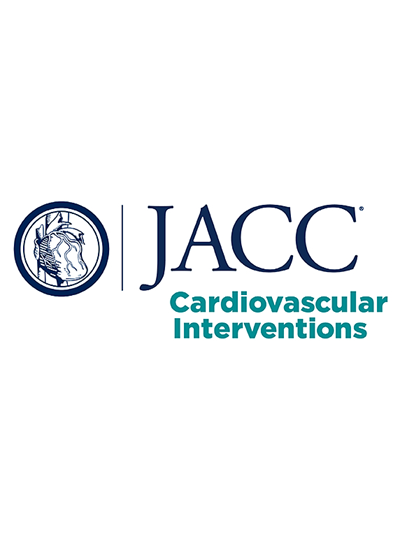Innovation in Catheter-Directed Therapy for Intermediate-High-Risk and High-Risk Pulmonary Embolism
IF 11.7
1区 医学
Q1 CARDIAC & CARDIOVASCULAR SYSTEMS
引用次数: 0
Abstract
Although anticoagulation remains the cornerstone treatment for patients with acute pulmonary embolism (PE), catheter-directed therapy (CDT) has generated great interest as an adjunctive option for those presenting with hemodynamic decompensation or high risk for deterioration and in whom systemic thrombolysis has failed or is contraindicated. However, randomized controlled data supporting the efficacy and safety of CDT in addition to antithrombotic therapy in patients with high-risk and intermediate- to high-risk PE compared with anticoagulation and systemic thrombolysis alone are lacking. This paucity of high-quality data hampers guideline recommendations regarding the optimal therapeutic approach in such patients with PE. The aim of the present paper is to critically appraise the current evidence for CDT in patients with high-risk and intermediate- to high-risk PE and to highlight major areas of innovation in the recent literature. In addition, the authors describe unmet clinical and research needs, potential strategies to resolve these knowledge gaps, and pathways for device selection.
中高危和高危肺栓塞导管导向疗法的创新
尽管抗凝仍然是急性肺栓塞(PE)患者的基础治疗方法,但导管引导疗法(CDT)作为一种辅助治疗方法,已引起了人们的极大兴趣,它适用于那些出现血流动力学失代偿或病情恶化风险高、全身溶栓失败或有禁忌症的患者。然而,对于高风险和中高风险 PE 患者,与单纯抗凝和全身溶栓相比,缺乏支持 CDT 在抗血栓治疗基础上的有效性和安全性的随机对照数据。这种高质量数据的匮乏阻碍了有关此类 PE 患者最佳治疗方法的指南推荐。本文旨在对高风险和中高风险 PE 患者 CDT 的现有证据进行批判性评估,并强调近期文献中的主要创新领域。此外,作者还介绍了尚未满足的临床和研究需求、解决这些知识差距的潜在策略以及设备选择途径。
本文章由计算机程序翻译,如有差异,请以英文原文为准。
求助全文
约1分钟内获得全文
求助全文
来源期刊

JACC. Cardiovascular interventions
CARDIAC & CARDIOVASCULAR SYSTEMS-
CiteScore
11.60
自引率
8.80%
发文量
756
审稿时长
4-8 weeks
期刊介绍:
JACC: Cardiovascular Interventions is a specialist journal launched by the Journal of the American College of Cardiology (JACC). It covers the entire field of interventional cardiovascular medicine, including cardiac, peripheral, and cerebrovascular interventions. The journal publishes studies that will impact the practice of interventional cardiovascular medicine, including clinical trials, experimental studies, and in-depth discussions by respected experts. To enhance visual understanding, the journal is published both in print and electronically, utilizing the latest technologies.
 求助内容:
求助内容: 应助结果提醒方式:
应助结果提醒方式:


